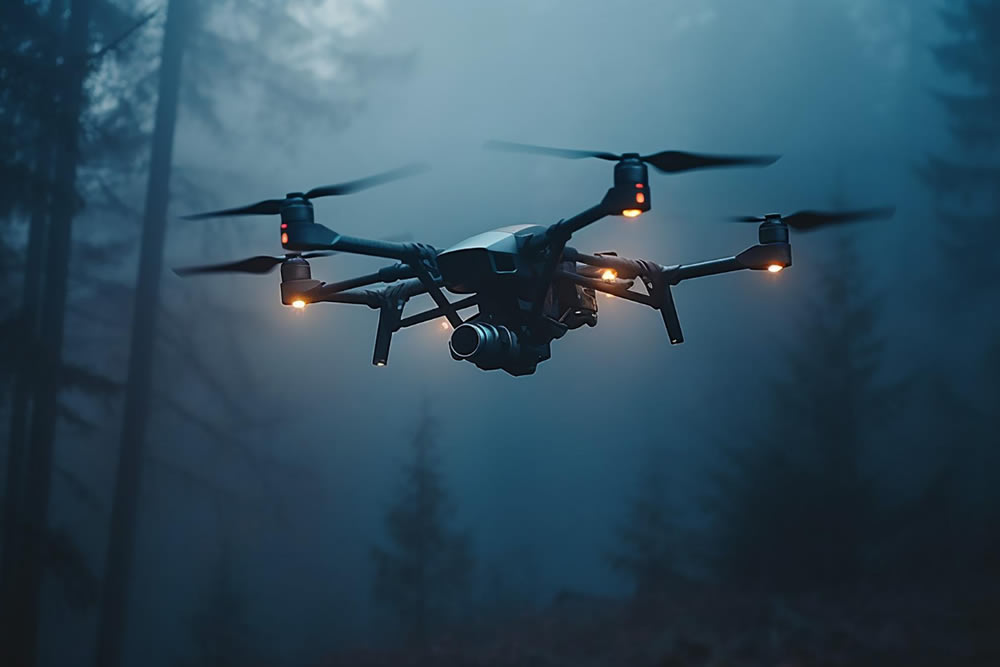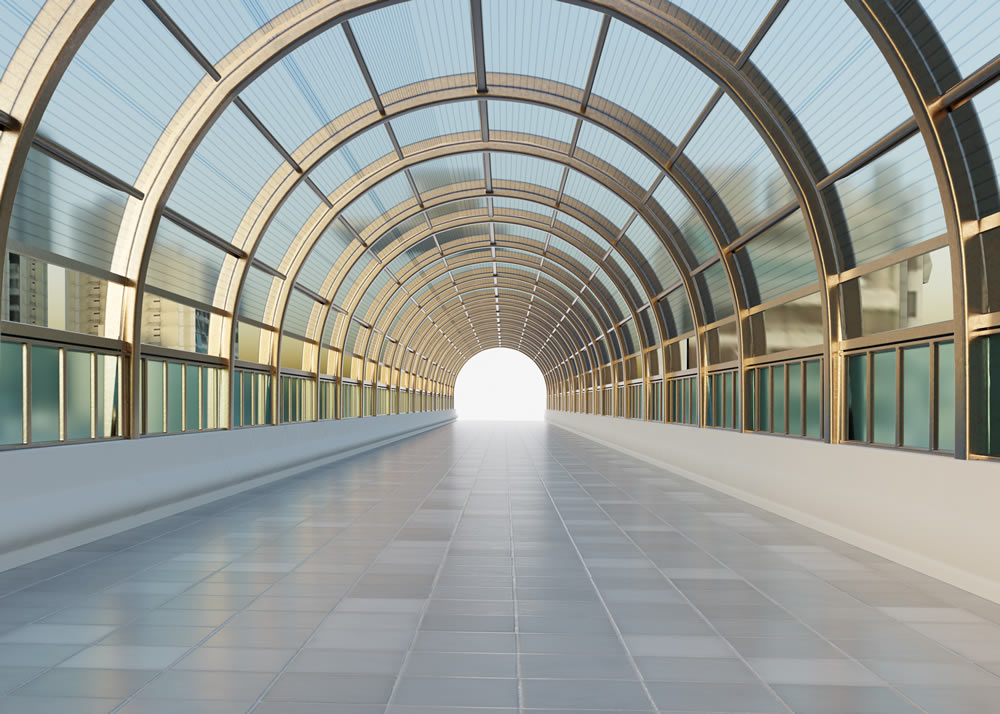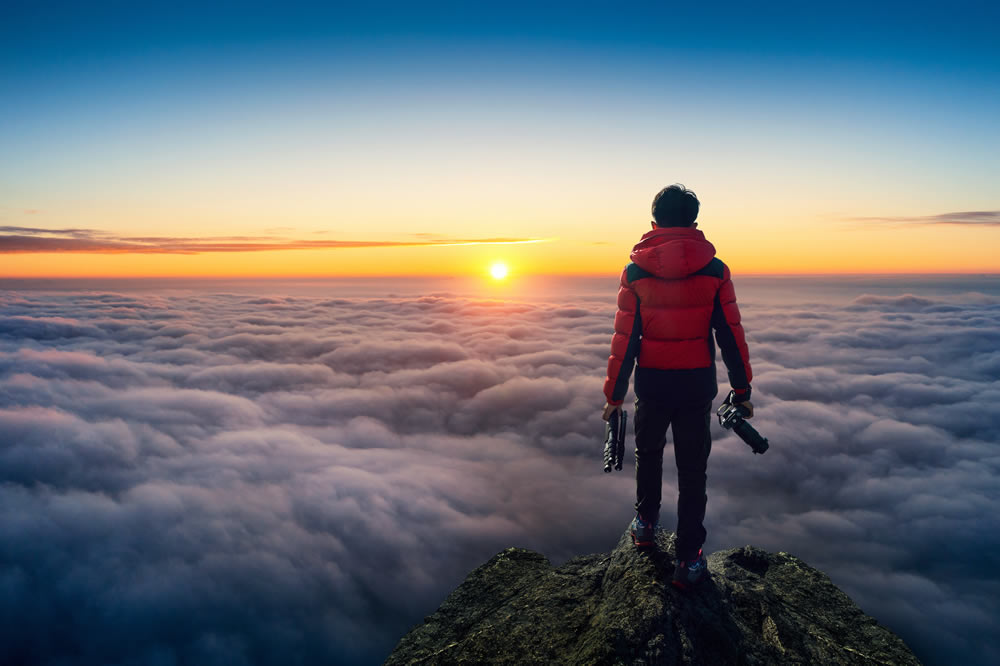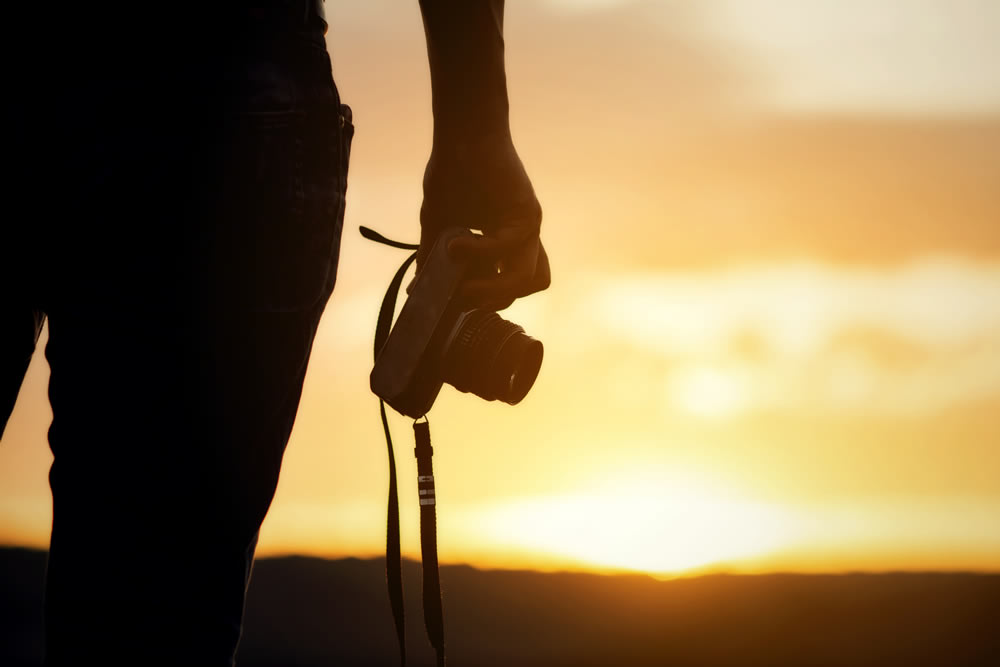Drone videography has revolutionized the way we capture breathtaking aerial shots, offering a perspective that was once reserved for big-budget productions. However, mastering the art of drone videography requires more than just flying skills – it demands a keen eye for composition. Here are essential tips to help you elevate your drone videography composition, ensuring that your footage captures attention and leaves a lasting impression.

Pay Attention to Scale and Perspective
One of the advantages of drone videography is the ability to capture expansive landscapes and towering structures from a unique perspective. To make the most of this perspective, pay close attention to scale and perspective in your compositions. Include elements in your frame that provide context and convey a sense of scale, such as buildings, trees, or people. To make the most of this perspective, Horizon Imaging can expertly capture aerial footage that showcases the grandeur and scale of any landscape or structure. Experiment with different altitudes and angles to emphasize the grandeur of your surroundings or create a sense of intimacy with your subject.

Understand the Rule of Thirds
The rule of thirds is a fundamental principle in photography and videography composition. Instead of placing your subject dead center, imagine your frame divided into nine equal segments by two vertical and two horizontal lines.
Position key elements along these lines or at their intersections to create a balanced and visually appealing composition. When flying your drone, utilize the grid overlay feature in your camera settings to align your shots according to the rule of thirds effortlessly.
- Placement of Key Elements: Position your subject or points of interest along the imaginary gridlines or at their intersections to create a visually balanced composition.
- Balancing Negative Space: Use the rule of thirds to balance the distribution of negative space in your frame, ensuring that your composition feels harmonious and well-proportioned.
- Dynamic Composition: Embrace asymmetry and movement within your frame by placing elements off-center, allowing for a more dynamic and engaging composition.
- Visual Hierarchy: By adhering to the rule of thirds, you can establish a clear visual hierarchy within your composition, guiding the viewer’s eye towards the most important elements and enhancing the overall impact of your footage.

Utilize Leading Lines
Leading lines are powerful compositional tools that guide the viewer’s gaze toward the focal point of your image or video. Incorporate natural or man-made elements such as roads, rivers, or even rows of trees to create dynamic leading lines that draw the viewer’s eye deeper into the frame. Experiment with different angles and heights to maximize the impact of leading lines in your drone footage. By strategically positioning your drone to emphasize these lines, you can add depth and visual interest to your compositions.
Experiment with Movement and Dynamics
Drone videography offers endless possibilities for capturing dynamic shots that engage and captivate viewers. Take advantage of your drone’s agility and maneuverability to experiment with movement and camera angles.
Incorporate smooth and fluid movements, such as slow pans or graceful orbits, to add cinematic flair to your footage. Additionally, consider combining movement with other compositional techniques, such as leading lines or the rule of thirds, to create visually stunning sequences that tell a compelling story.
Mastering drone videography composition is a continuous journey that requires practice, experimentation, and a keen understanding of visual principles. By incorporating the key tips outlined in this blog post – understanding the rule of thirds, utilizing leading lines, paying attention to scale and perspective, and experimenting with movement and dynamics – you can elevate your drone videography to new heights.










